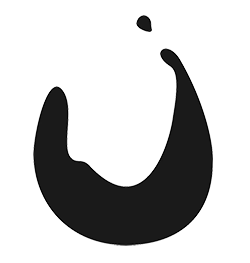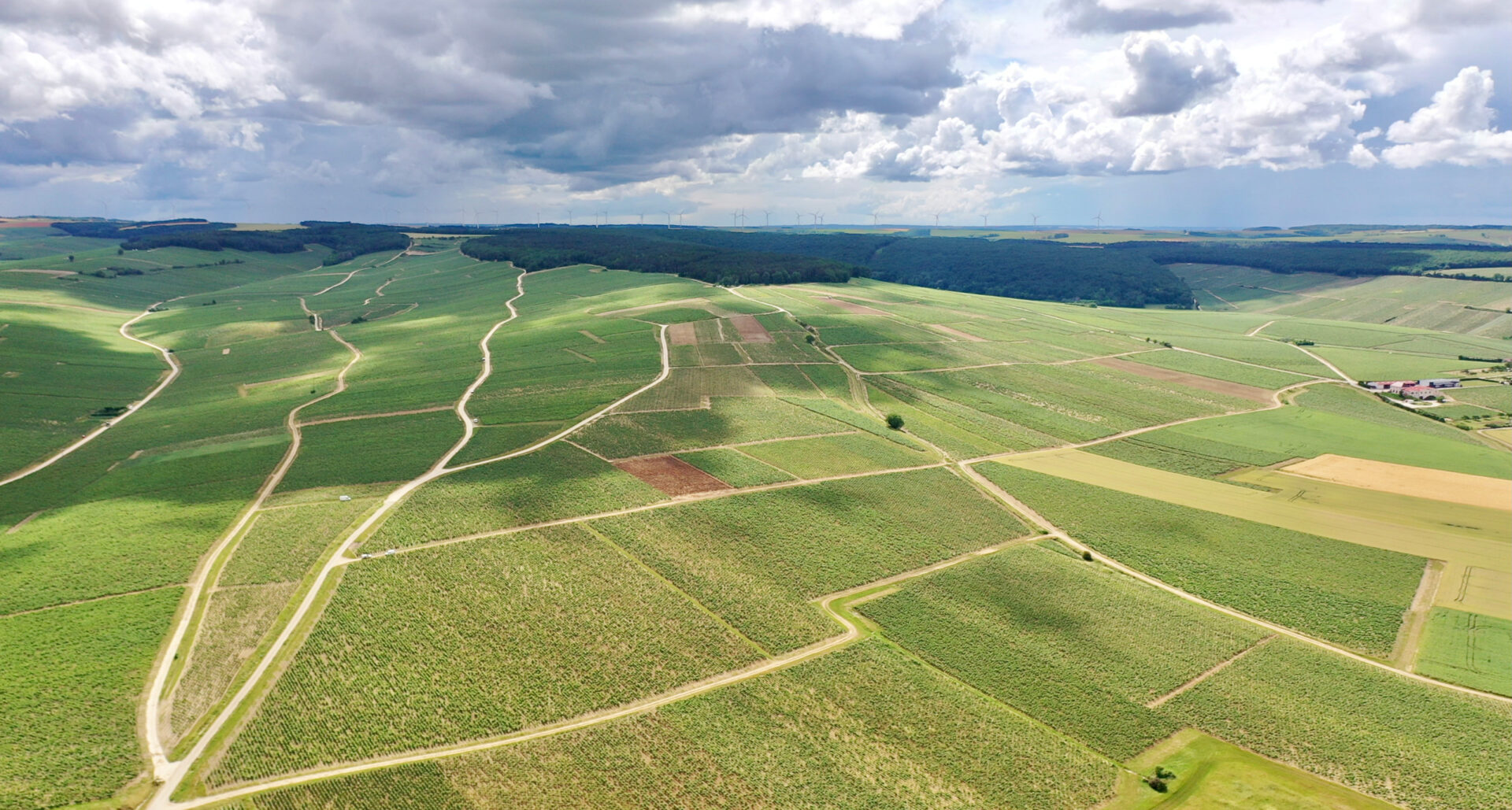2022 Jean Collet & Fils Saint-Bris Sauvignon
A wine with a light gold color, its liveliness reveals notes of citrus and peach with expressive fresh herbs and white flowers. The mouthfeel is generously textured and lends a tender, fruity palate with a spicy yet beautiful mineral finish. Aging is done in old French oak barrels to add a touch of roundness to soften the wine’s naturally striking acidity.
This version of Saint-Bris at Domaine Jean Collet follows suit with the Chablis range, characterized with an increased level of suppleness, compared to what is typically found with Saint-Bris wines.
Sustainable farming practices, hand-harvested, native yeast fermentation.
- Tasting Notes Grapefruit, lime zest, white peach, starfruit, white flowers, blackcurrant leaves, fresh green herbs, zesty minerality
- Variety Sauvignon Blanc
- Region France, Burgundy
- Volume 750ml
- Alcohol Volume 12.5%
- Table Talk Saint-Bris is a Burgundian outlier where Sauvignon Blanc and Sauvignon Gris have been the recognized and permitted grape varieties since the establishment of the AOC in 2003. The soils found here are a geological match to much of Sancerre’s kimmeridgian limestone.
$33.00
Out of stock
Jean Collet started Domaine Collet in 1954, the heir of a Chablis grape-growing family since 1792. After the days of Jean, came Gilles, one of the most animated personalities in Chablis. He’s generous, lively and usually the life of the party, always keeping his personality from being as serious as the wines he crafted over numerous decades with his father, and even more so now with his son, Romain. In 2008, Gilles was struck with nerve damage on one side of his body and had to prematurely pass the baton. After only a few years of Romain putting new ideas to the test in the cellar and vineyard—natural yeast fermentations, organic and biodynamic farming—Gilles stepped aside completely and Romain began to make notable leaps from vintage to vintage.
At the young age of twenty-one, the eccentric and fun-loving Romain knocked it out of the park with his first vintage, 2008, which was the first vintage we imported. The foundation established by centuries of viticultural knowhow passed down through generations and Romain’s relentless curiosity and desire for improvement further set the stage for decades of inspired drinking from this domaine gifted with an average vine age of about fifty years. Romain pointed out that, “I am the luckiest generation. To have old vineyards like these to work with in my lifetime is something special, and it’s thanks to my grandfather, Jean.”
- THE WINE
A short twenty minute car ride toward the southwest from Chablis, and north of the Pinot Noir growing region, Irancy, Saint-Bris is a Burgundian outlier where Sauvignon Blanc and Sauvignon Gris have been the recognized and permitted grape varieties since the establishment of the AOP in 2003. While it can be somewhat routine for experienced tasters to recognize the differences between Sancerre and Chablis, the differences between Sancerre and Saint-Bris presents a greater challenge—same grape, same general geology, similar climate. Perhaps the greatest element of difference is the wealth and prosperity of Sancerrois by comparison. Sadly, most of Saint-Bris is a virtual wasteland of chemical farming—not a surprising outcome for a wine that can rarely match even the price of a Petit Chablis AOC wine, even though it requires the same amount of effort to grow and produce. However, with the continuous rise in the price of Sancerre, when Romain Collet presented the opportunity to purchase some Saint-Bris he made from a well-run, sustainably farmed vineyard of his friend, we immediately jumped on it; he has developed a golden touch with white wine, so it was a no-brainer.
According to Romain, Sauvignon Blanc and Sauvignon Gris were already a regular part of what is today’s Saint-Bris appellation as early as the eighteenth century; also found there was Chardonnay, Aligoté and Pinot Noir. The limestone soils are particularly poor in Saint-Bris, compared to Chablis, and they’re well suited to stifle Sauvignon Blanc’s vigorous nature, whereas Chardonnay there would struggle because of too much stress.
Romain’s grapes come from a friend’s vineyard on a north-facing slope and are farmed using sustainable methods without the use of any herbicides or pesticides. With quality in mind, Romain treats the grapes with the same respect he does with his organically farmed Chablis wines. His vineyard team picks the grapes into small 20-kilo boxes and in the cellar they start their fermentations spontaneously, and aging is done in old French oak barrels, done to add a touch of roundness to soften the wine’s naturally striking acidity. The version of Saint-Bris at Domaine Jean Collet follows suit with the Chablis range, characterized with an increased level of suppleness, compared to what is typically found with Saint-Bris wines, so it lands stylistically closer to those grown in the upper Loire Valley









